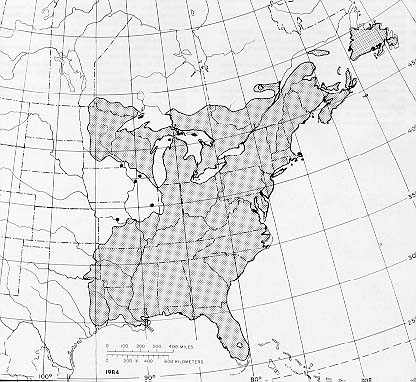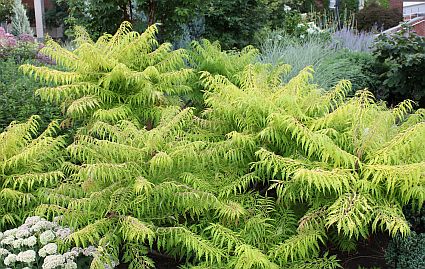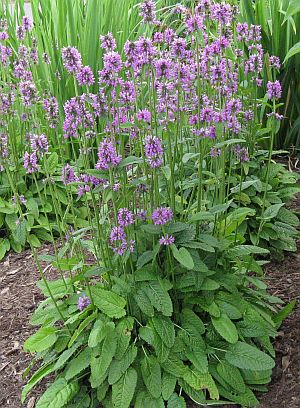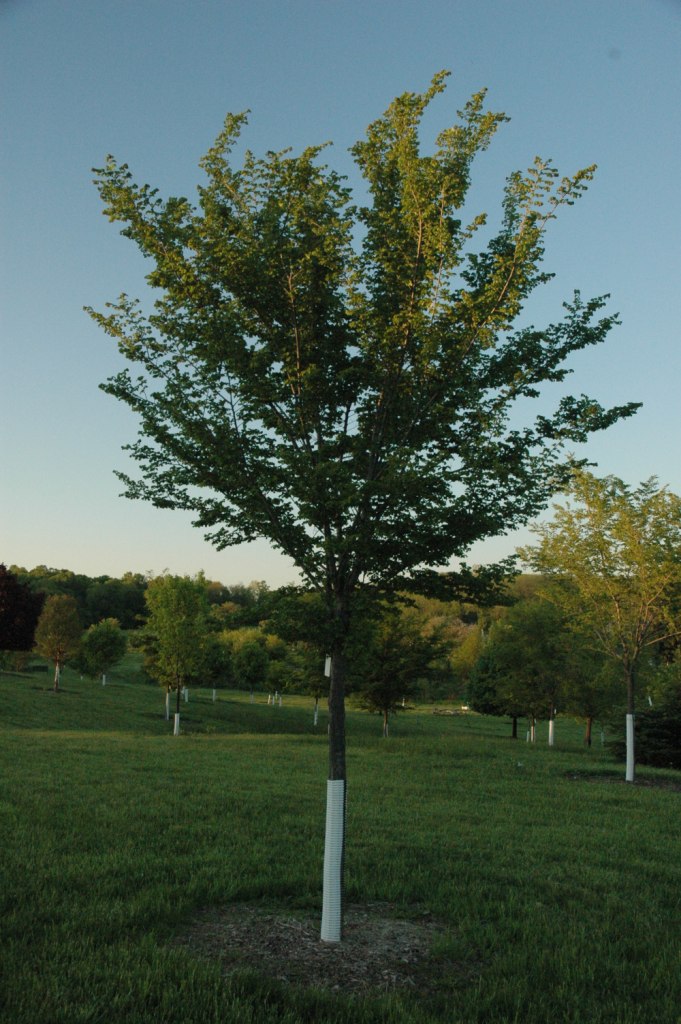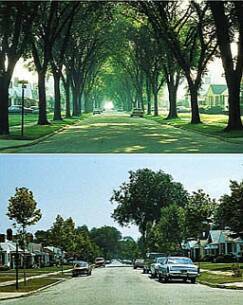I was working on something entirely different, but thought better of it. I’d like to continue Bert’s (now Dr. Mister Smartypants) really intriguing discussion.
Because when I read it, I felt a pang of…guilt? Confusion?
I’d describe my usual perspective on the “native” topic as ultra-liberal, highly plant-introduction-centric. New plant? Gimme!!! (“Native” shall appear in this post surrounded by quotes throughout, as a safety measure.)
Commenter Wes perceptively noted “part of the gardening public is becoming so enamored with the concept
of natives that I think they are grasping at straws to to assuage their
belief in ecological principal. In my opinion, many want to have their
cake and eat it too.” As a card-carrying member of the gardening public, yes, I do like using “native” plants, there is some portion of “feel good” to it, and I adore it when a hot new cultivar is also a “native”. And many breeders, propagators, growers, and garden centers would like to assist me with this.
A good example: the “American Beauties Native Plants” program from a large propagation nursery in Pennsylvania. Some straight species, lots of cultivars, all with marketing materials to match (tags, pots, banners).
Has “Big Plant Introduction and Branding” (really, not that big or scary an entity) co-opted “native”? Discuss.
Finally, some advice, please: in our campus garden, we’ve nearly an acre of new plantings in a meadow style that consists of lots of cultivars and some interspecific hybrids; all of “native” plants (even the freakin’ buffalo grass is a cultivar). How in the heck should I refer to these plants, let alone the entire concept, in our educational/interpretive materials? Any and all suggestions will be considered.
